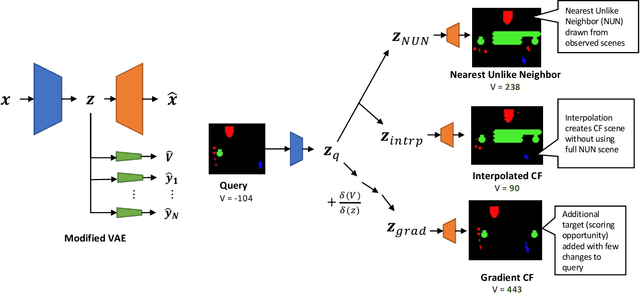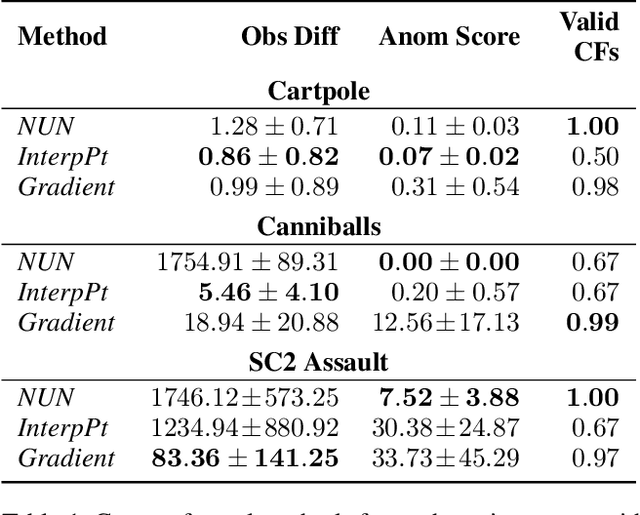Eric Yeh
Semgrex and Ssurgeon, Searching and Manipulating Dependency Graphs
Apr 24, 2024

Abstract:Searching dependency graphs and manipulating them can be a time consuming and challenging task to get right. We document Semgrex, a system for searching dependency graphs, and introduce Ssurgeon, a system for manipulating the output of Semgrex. The compact language used by these systems allows for easy command line or API processing of dependencies. Additionally, integration with publicly released toolkits in Java and Python allows for searching text relations and attributes over natural text.
Automatic Measures for Evaluating Generative Design Methods for Architects
Mar 20, 2023Abstract:The recent explosion of high-quality image-to-image methods has prompted interest in applying image-to-image methods towards artistic and design tasks. Of interest for architects is to use these methods to generate design proposals from conceptual sketches, usually hand-drawn sketches that are quickly developed and can embody a design intent. More specifically, instantiating a sketch into a visual that can be used to elicit client feedback is typically a time consuming task, and being able to speed up this iteration time is important. While the body of work in generative methods has been impressive, there has been a mismatch between the quality measures used to evaluate the outputs of these systems and the actual expectations of architects. In particular, most recent image-based works place an emphasis on realism of generated images. While important, this is one of several criteria architects look for. In this work, we describe the expectations architects have for design proposals from conceptual sketches, and identify corresponding automated metrics from the literature. We then evaluate several image-to-image generative methods that may address these criteria and examine their performance across these metrics. From these results, we identify certain challenges with hand-drawn conceptual sketches and describe possible future avenues of investigation to address them.
Revisiting Variable Ordering for Real Quantifier Elimination using Machine Learning
Feb 27, 2023Abstract:Cylindrical Algebraic Decomposition (CAD) is a key proof technique for formal verification of cyber-physical systems. CAD is computationally expensive, with worst-case doubly-exponential complexity. Selecting an optimal variable ordering is paramount to efficient use of CAD. Prior work has demonstrated that machine learning can be useful in determining efficient variable orderings. Much of this work has been driven by CAD problems extracted from applications of the MetiTarski theorem prover. In this paper, we revisit this prior work and consider issues of bias in existing training and test data. We observe that the classical MetiTarski benchmarks are heavily biased towards particular variable orderings. To address this, we apply symmetries to create a new dataset containing more than 41K MetiTarski challenges designed to remove bias. Furthermore, we evaluate issues of information leakage, and test the generalizability of our models on the new dataset.
Outcome-Guided Counterfactuals for Reinforcement Learning Agents from a Jointly Trained Generative Latent Space
Jul 15, 2022



Abstract:We present a novel generative method for producing unseen and plausible counterfactual examples for reinforcement learning (RL) agents based upon outcome variables that characterize agent behavior. Our approach uses a variational autoencoder to train a latent space that jointly encodes information about the observations and outcome variables pertaining to an agent's behavior. Counterfactuals are generated using traversals in this latent space, via gradient-driven updates as well as latent interpolations against cases drawn from a pool of examples. These include updates to raise the likelihood of generated examples, which improves the plausibility of generated counterfactuals. From experiments in three RL environments, we show that these methods produce counterfactuals that are more plausible and proximal to their queries compared to purely outcome-driven or case-based baselines. Finally, we show that a latent jointly trained to reconstruct both the input observations and behavioral outcome variables produces higher-quality counterfactuals over latents trained solely to reconstruct the observation inputs.
 Add to Chrome
Add to Chrome Add to Firefox
Add to Firefox Add to Edge
Add to Edge